Japanese fruits are known for their high quality, cuisine, and culture around the world, even fruits in Japan on average cost more than in other parts of the world, especially where fruits are much easier to grow and cheap to buy. One of the reasons why Japan charges more for fruits is that growing fruits in Japan is quite a challenge since the mountainous country leaves little room for the farmers to produce fruits. Only about 12% of the country’s land is used as farmland. Also, some of the farmers are really good at going out of their way to raise luxury fruits with superior flavor, which are usually served at high-end restaurants or as extravagant gifts.
You might already see many expensive melons, apples, grapes, and strawberries in department stores or auctioned at food markets. That’s because Japan has developed a booming luxury fruit industry and many famous fruits are deeply entrenched in Japanese culture, and then have become intertwined with Japanese identity.
Alongside all of this, Japan has many strict standards on fruits based on the color, size, ripeness, and sugar content and the Japan Agricultural Cooperatives (JA) rates them by grades including “particularly excellent”, “excellent”, “superior”, and “good”.
In Hong Kong, Japanese fruits are extremely popular, and there are many options in the markets too.
Related: Popular Fruits for Gift Giving in Hong Kong
- Aomori Apples
Apple is a fruit that is grown everywhere globally, making it a general fruit. In Aomori Prefecture, however, the industry is on a new level. Over 50 million tons and 50 different types of apples are grown in Aomori Prefecture including Fuji Apple, making Aomori the national leader in apple quantity. What's more, their quality is one of the best around the world too. The extreme temperature difference between day and night makes Aomori perfect to cultivate sweeter and juicier apples.
- Shine Muscat
Shine Muscat is one of the most popular table grapes in Japan and tends to be grown in Okayama, Nagano, and Yamanashi prefectures. They are seedless with light green edible skin, juicy flesh, and a unique refreshing aroma, being loved among grape eaters from children to the elderly.
Okayama Prefecture, a central production area of Shine Muscat, has a relatively cool climate and sunny days, which is perfect for planting and growing grapes. With mountains and hot springs on one side, and the Seto Inland Sea on the other, Okayama is also Japan's first area that successfully grows Shine Muscat grapes.
Nagano Shine Muscat is known for its intense flavor and aroma, and its high sugar content makes it an ideal choice for making wines, jams, jellies, and other desserts. Yamanashi Prefecture is as famous as Nagano for its variety of grapes. With hot summers and mild winters, the climate here is suitable for growing this type of grape, providing the perfect environment for the grapes to ripen and develop their unique flavor. Grapes in Yamanashi are carefully cultivated to ensure that they reach the perfect sweetness and taste.
- Kyoho
Kyoho, which in Japanese means “huge peak”, are large, dark purple-black grapes that are also juicy and sweet. Unlike Shine Muscat, Kyoho has thick skin which is usually not eaten but can be easily removed. They are known for their sweet taste, and high levels of vitamins and minerals, and as they are quite expensive so are often given as gifts or used in fancy desserts. The greenhouse environment allows the Kyoho grapes to thrive in an environment where they can get plenty of sunlight and protection from the elements.
- Strawberry
Providing plenty of vitamin C, potassium, calcium, and phosphorus, strawberry appears widely in many parts of the world. Strawberries from Japan are popular for their large size, beautiful appearance, sweet scent, and high sugar content. And the most famous of Japan’s strawberries is Fukuoka prefecture’s Amaou, often called “the king of strawberries”. Strawberry season is typically in the springtime from May to June. In Japan, however, they make full use of various techniques to make it available between November to early May.
- Mandarin Orange
In fact, the Japanese climate is not quite suitable for growing mandarin oranges, therefore, the country has developed an innovative way to cultivate them using greenhouses so that the fruit is in season from May to September in greenhouses and from November to February outdoors. Mandarin Orange is rich in vitamin C, calcium, potassium, calories, and magnesium.
This is a Hong Kong GGB original '5 Must-Try Japanese Fruits That Will Refresh Your Mind' blogpost.









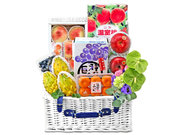

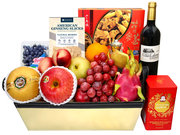

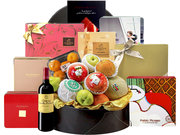
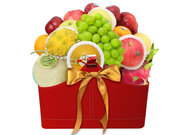

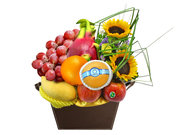

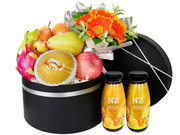

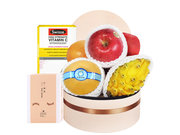
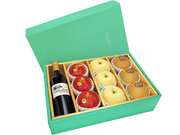
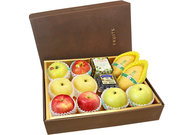
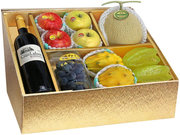
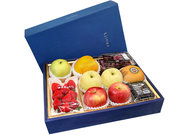

 Share
Share Tweet
Tweet +1
+1  Pin it
Pin it Post
Post  Weibo
Weibo Review
Review




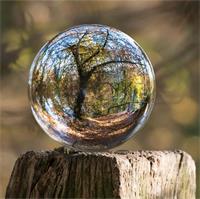

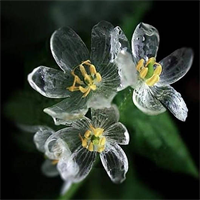
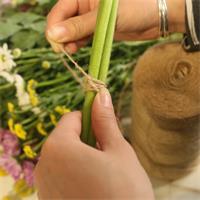











 Diwali Gifts
Diwali Gifts 
 ▶
▶